ASUS Zenfone 11 Ultra review: a flagship fone you might overlook - but shouldn't

Putting the word ‘ultra’ in the name of your fone is asking to be compared to the big boys. The only possible worse choice would be ‘pro’. Does the Asus Zenfone 11 Ultra stand up to the Samsung Galaxy S24 Ultra (and Honor Magic 6 Pro), with which it shares a chipset? We’ll find out.
I received a test unit to review for a few weeks, in which I tested its creative, gaming and all-around credentials, running portable editing software, video games and general software, along with testing its camera to see how it stacks up against the other contenders for the best camera phone on the market.
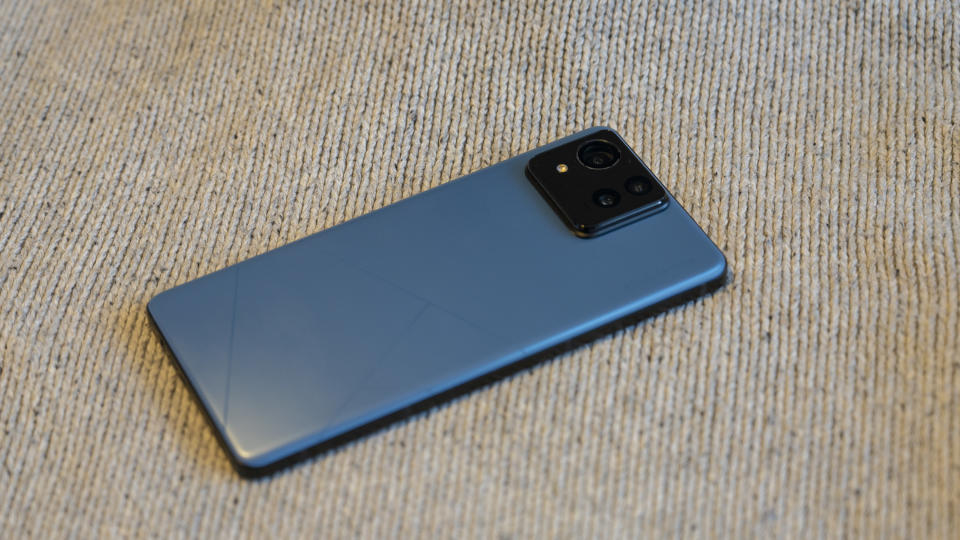
ASUS Zenfone 11 Ultra review: Key specifications
ASUS Zenfone 11 Ultra review: Design and screen
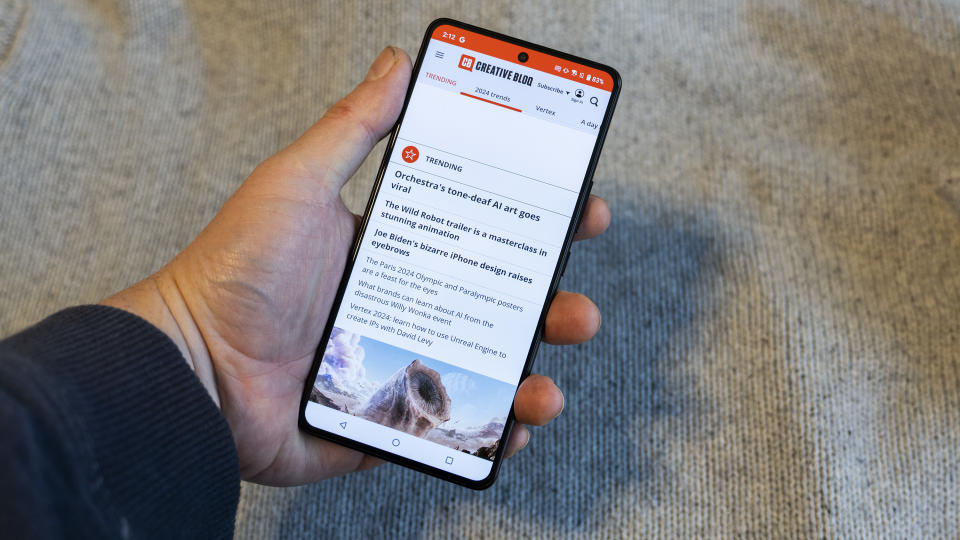
As soon as you take the Zenfone 11 Ultra out of the box, it’s clear this is a good-looking fone, subtle in its bulges and materials rather than the more bombastic leather back and huge Honor Magic 6 Pro camera. The sample sent to us is a rather lovely blue, but other colours are available and you’re going to cover it up with a case anyway.
It’s a flat, slab-sided device with a squared-off camera cluster at the back and a geometric pattern etched into its rear. The only non-oblong thing about it is the front camera, which is a simple circular hole-punch through the screen, and as such takes up hardly any space whatsoever.
The screen is an HDR AMOLED made by Samsung, with a decent resolution and therefore pixel density. It’s as bright and colourful as you’d expect from this kind of tech, and its 120Hz maximum refresh rate (144Hz for gaming) keeps things smooth. There's an auto setting that’s on by default to bring that framerate down when there's not much going on, thus saving battery life, but you can lock it to the maximum if you really must.
The USB-C port on the bottom of the fone is offset to the left, meaning any muscle memory from years of inserting the charging cable into the centre of the fone’s base will have to be retrained. Apart from this, the Zenfone 11 Ultra is all very conventional, with the biggest surprises saved for the inside.
ASUS Zenfone 11 Ultra review: Features and software
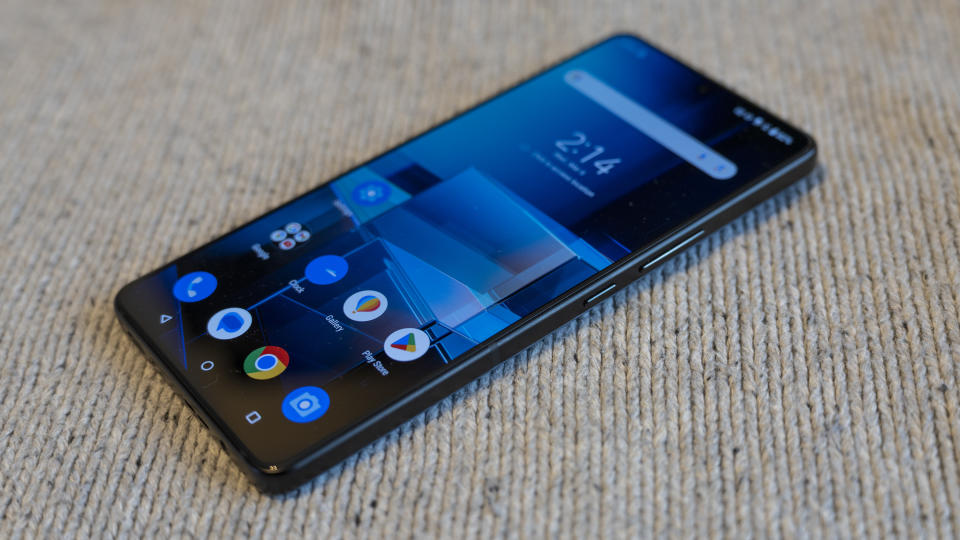
One thing that’s very nice to see on the Zenfone 11 is the 3.5mm headfone jack, something we thought was gone from flagship fones forever. If you’re not still tied to your favourite pair of wired headfones, there's Bluetooth 5.4 so you can hook it up to some wireless cans too.
ASUS puts its own enhancements over Android 14, known as the ASUS Launcher or ZenUI, and there are of course the currently fashionable AI options in the OS. For the Zenfone 11 this means portrait video, which blurs the background of your clips in the same way as a portrait mode image, and the rest is restricted to searching through your image library, apps or system settings. Until Google Assistant goes full AI, this seems like a sensible use of the technology, playing to its strengths in the classification of images and navigation of options trees.
Elsewhere, it’s pretty close to stock Android, retaining the app drawer (with search) invoked by a swipe up from the bottom of the screen, though it does still put newly installed apps on an additional home screen page by default. Swipe right, and you get a news page with search, a display of the local weather and for some reason the rocketing Nvidia share price. There's also a choice of stock, optimised or enhanced quick settings pulldowns, which can give you different information depending on whether you pull down from the top left or right corner. It’s nothing that hasn’t been done before, notably by Honor, but it feels fresh and is easy to use once you’ve got your head around it.
ASUS Zenfone 11 Ultra review: Performance
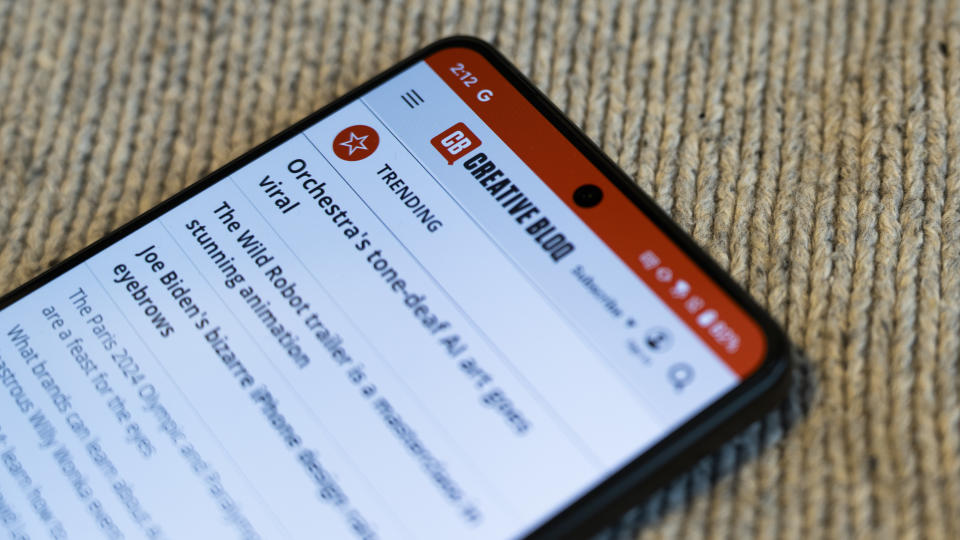
Having the latest Qualcomm Snapdragon 8 Gen 3 on board means the fone can really let loose in the performance stakes. That 3.3GHz prime core, backed by seven others of varying power and efficiency and a mighty 16GB of RAM, gives it the beans to push apps around like they’re the lightest servings of software ever. Games such as Asphalt 9 run smoothly, you never seem to run out of memory while multitasking, and it’s possible to edit the high-res video the fone is capable of on the device, if you need to.
There are some clever AI features included that make use of all this new processing capability. Voice memos can be transcribed to text and summarised, there's AI-generated wallpaper for those times when the real, human-made art runs out, there's a semantic search function that enables natural language searching of photos, apps and settings. And most interestingly of all there's an AI-powered call translation function that can convert voice calls in foreign languages to your own. Or at least, there will be: many of these functions are still in beta, and ASUS promises they will be added to the fone through a software update when they’re ready.
ASUS Zenfone 11 Ultra review: Cameras
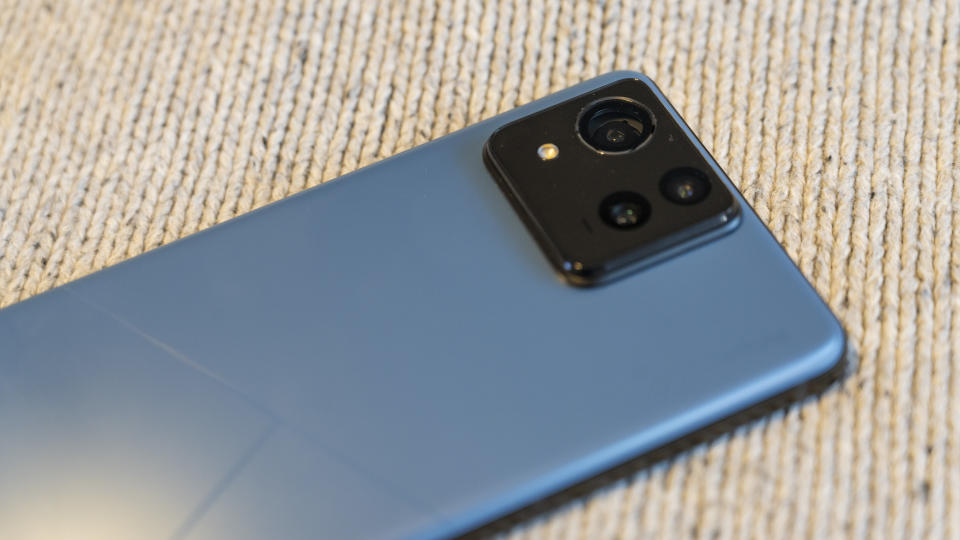
Open the camera app for the first time and you’re confronted with an information panel about the optical stabiliser. It’s a gimbal model that claims to stabilise in six axes (we can think of four, but are at a loss as to what the others could be - assuming one isn’t time) and in the settings there's a visual stabiliser guide for a visual cue as to what it’s doing. This keeps things nice and smooth while you’re filming, and there's a handy icon on the display that tells you when it’s active.
The camera app looks pretty stock, but has a plethora of modes including the usual slow-mo, time lapse and panorama, joined by portrait video and light trails modes. Night mode is there too, hidden away behind the ‘more’ button. There are ‘pro’ modes for manual exposure control in still images and video too, and a new Firework mode for light trail photos in early November.
There are three cameras on the back of the fone, and four levels of zoom within the app, suggesting that the longest zoom is a digital crop. It certainly looks that way when you look at the images it produces, with the ultrawide giving you 13MP, the main wide-angle and first telephoto setting producing 12.6MP, and the 3x tele saving an 8.1MP image. Zoom levels of 10x (8.1MP, not too soft but beginning to suffer) and even further are possible, but we’d only recommend using them if you spot Bigfoot a mile away and have no other option.
The actual sensors are upgraded over last year’s Zenfone, which only had two cameras. The main wide-angle camera gets Sony’s popular Exmor IMX890 sensor with on-chip phase-detection AF, which is also in the OnePlus 12R, Nothing Phone (2) and Asus ROG Phone 8 Pro. It provides nicely detailed images, but there are larger sensors out there, particularly on flagship phones, and like the design of the handset the cameras here feel a little restrained.
One notable inclusion here is the 8K/24 video option, which is only available when using the main, wide-angle camera. There's 4K/60 on it too, which drops to 4K/30 if you switch to the ultrawide. Both these cameras can also shoot HDR, and at 480fps if you drop to 720p.
ASUS Zenfone 11 Ultra review: Battery and charging
There's a 5500mAh cell in the back of the Zenfone 11, bigger than that in the Samsung Galaxy S24 Ultra but slightly smaller than the one powering the Honor Magic 6 Pro. This leads to more than 14 hours of constant use with the screen on in our tests, which is going to translate as two days if you allow the phone to get some sleep between bursts of screen time. This is a really excellent result, and gives the Zenfone 11 Ultra a big boost in the ratings.
Charging comes via 65W Quick Charge 5.0, and there isn’t a charger in the box, though a USB-C cable is provided. There's 15W of wireless (Qi 1.3) charging, but no reverse wireless to top up your partner’s phone in a restaurant.
ASUS Zenfone 11 Ultra review: Price
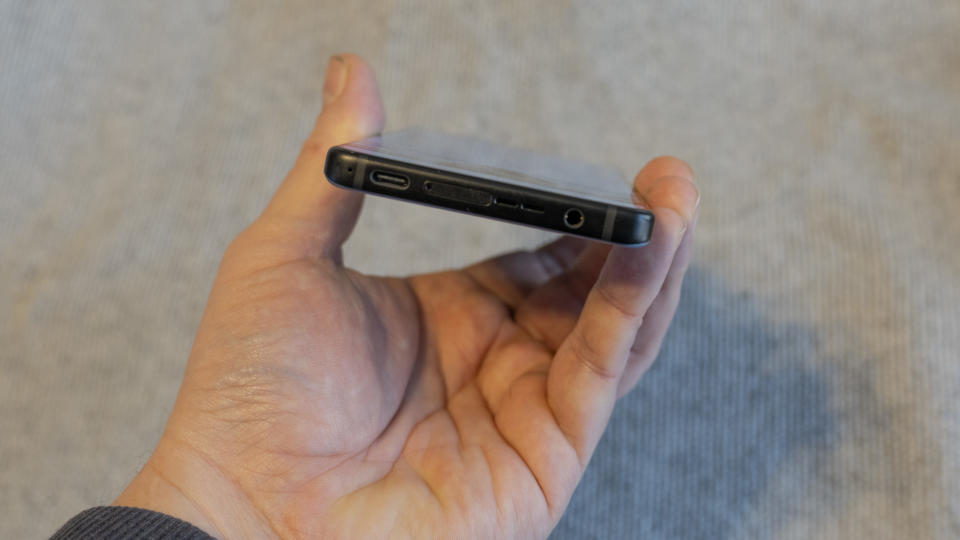
At £949 (with a cheaper 12/256GB version available) the Zenfone is well-placed in the flagship fone hierarchy. This is still an awful lot of money to spend on your everyday companion, but for the price you get some excellent processing power.
Many other flagship smartfones cost more, so the Zenfone makes a good choice for those looking for something above the mid-range but not as wallet-melting as the latest from Apple or Samsung.
Should I buy the ASUS Zenfone 11 Ultra?
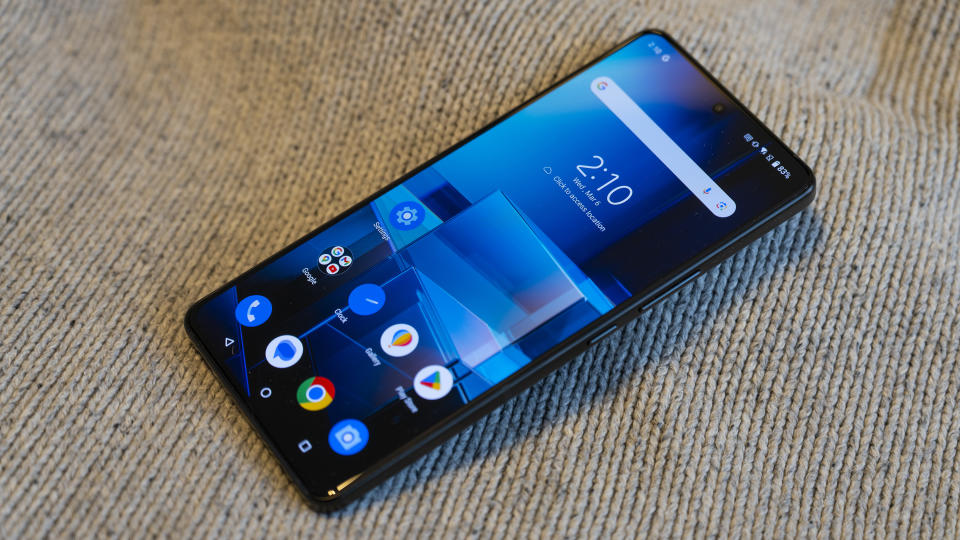
It’s tricky to pick out a favourite flagship Android phone, as there are so many all around the same price-point and offering the same specs. The ASUS Zenfone 11 Ultra is distinguished by its squared-off design, and gives up nothing in the specs stakes apart from its cameras, and that’s where potential buyers are going to find it lacking. Compared to the (more expensive) Honor Magic 6 Pro with its 180MP periscope zoom, or the (much more expensive) Samsung Galaxy S24 Ultra with its 200MP main camera and another periscope zoom, to match the one in the (still more expensive) iPhone 15 Pro Max, the camera cluster on the Zenfone 11 Ultra starts to look a bit less shiny. The Zenfone 11 Ultra would be a brilliant fone if it wasn’t for all the others, and it must hope that the possibility of saving a few hundred on the asking price is enough to tempt buyers in.

